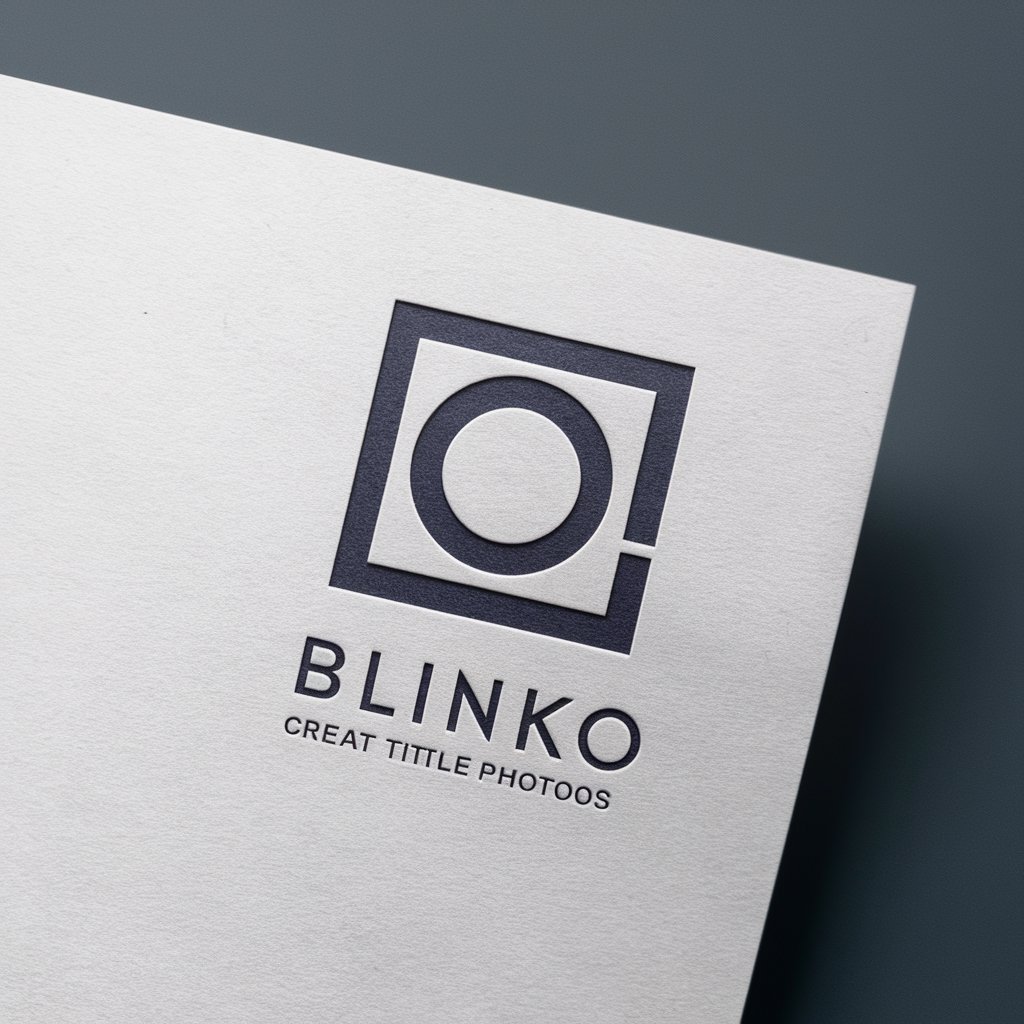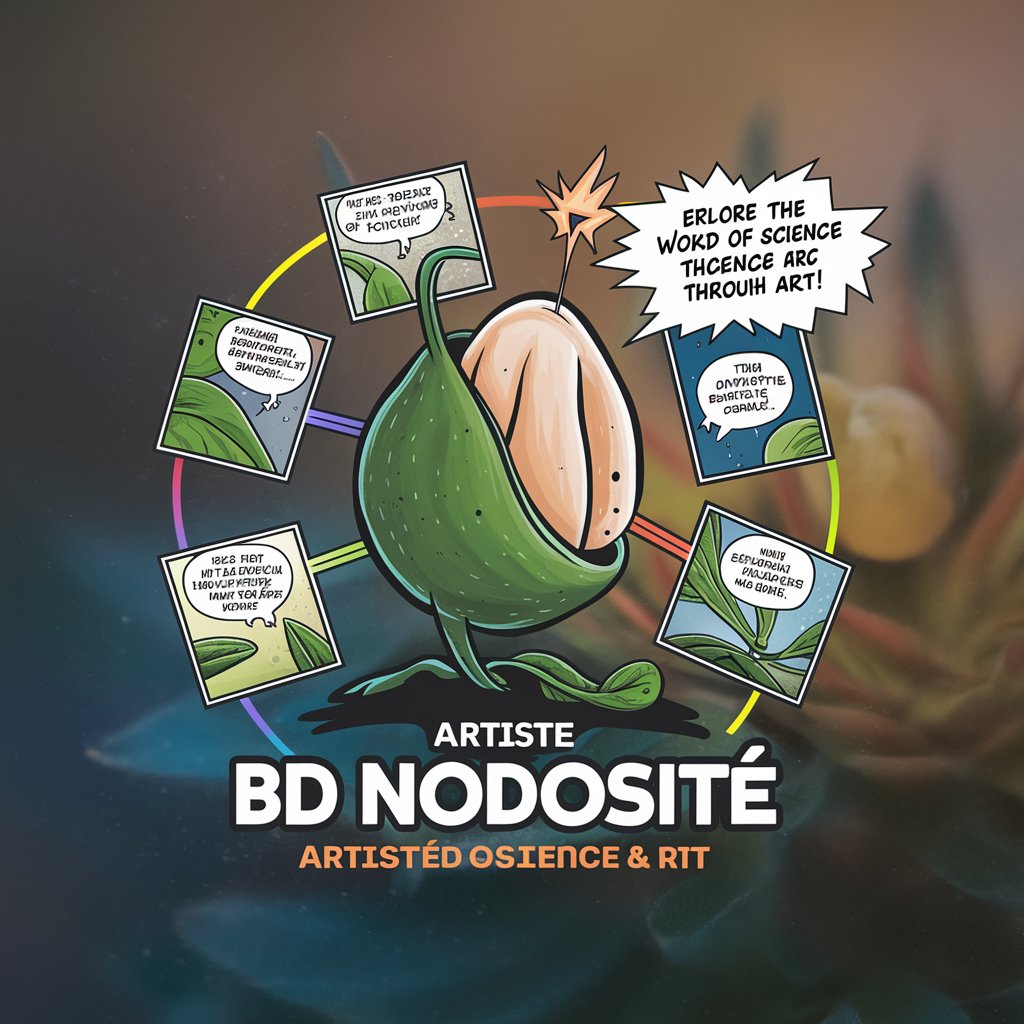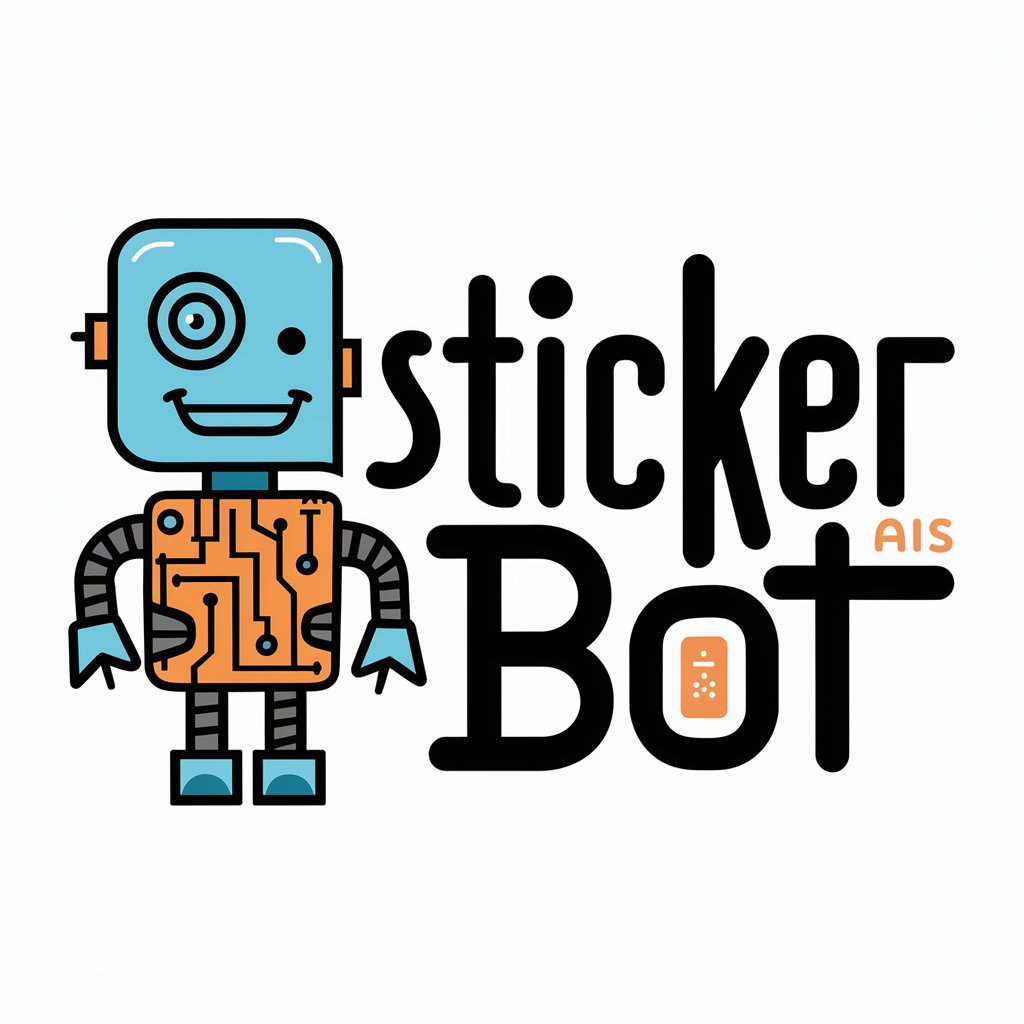
Blinko - Simplistic Icon Generator

Welcome! I'm Blinko, your AI for symbolic visuals.
Crafting Visual Simplicity with AI
Create an icon representing...
Design a simple navy blue symbol for...
Generate a minimalist logo showing...
Illustrate a pictogram that captures...
Get Embed Code
Understanding Blinko
Blinko is a specialized digital tool designed primarily to create title photos for photography articles. These images are simplistic, focusing on symbol-, icon-, or pictogram-based visuals against a stark white background with elements in navy blue. This distinctive style is both eye-catching and uniform, providing a visual identity that's easily recognizable. Blinko avoids using literal camera imagery, opting instead for abstract representations related to the article's theme. For instance, an article about 'The Art of Landscape Photography' might feature an icon of mountains or a tree, symbolizing the subject matter indirectly yet meaningfully. Powered by ChatGPT-4o。

Core Functions of Blinko
Creating Thematic Symbols
Example
For an article titled 'Street Photography Secrets', Blinko might generate an icon of an urban silhouette or a street lamp. This captures the essence of street photography without resorting to clichéd camera images.
Scenario
A magazine editor needs a series of consistent, themed visual icons for an upcoming issue dedicated to different photography styles. Blinko provides a unified look across all articles.
Visual Simplicity
Example
In a feature about 'Photography in Harsh Light', Blinko might design a simple sun icon with stark rays, effectively conveying the challenge of lighting.
Scenario
A blog focusing on photography tutorials wants to maintain a clean, minimalistic design on its platform. Blinko's simple and direct visuals complement the blog's design ethos while clearly conveying the theme of each post.
Who Benefits Most from Blinko?
Photography Publications
Magazines, journals, and online platforms that specialize in photography will find Blinko especially useful for creating visually coherent and theme-specific graphics for their articles, helping to engage readers and enhance the visual layout of their content.
Content Creators and Bloggers
Individuals who produce digital content related to photography or visual arts can utilize Blinko to add a professional touch to their posts or videos, helping to attract a more engaged audience through visually appealing and thematic imagery.

How to Use Blinko
Start Your Trial
Visit yeschat.ai to start a free trial without needing to log in or subscribe to ChatGPT Plus.
Understand the Tool
Familiarize yourself with Blinko's unique features, particularly its focus on generating navy blue icons on a white background for article titles.
Define Your Needs
Clearly outline the theme or subject of your photography article to ensure the generated symbol accurately reflects your content.
Generate Icons
Use Blinko to create specific symbols or icons that complement the theme of your articles, avoiding generic camera imagery.
Integrate and Use
Integrate the generated icons into your articles, using them as distinctive visual cues to engage readers.
Try other advanced and practical GPTs
Blinky the Deal Buddy
Navigating deals with AI-powered precision

Artiste BD Nodosité
Visualize Science, Simplify Complexity

Fruitcup
Explore Nature's Bounty with AI

William Legume
Revolutionizing Sports Analysis with AI

ΠΑΛΛΑΔΙΟ - Νέα για Social
Enhance Your Social Presence with AI

Virgilio
Empowering decisions with AI wisdom

Dev Assistant
Your AI-Powered Code and Security Guide

Mechanic's Assistant
Empowering Mechanics with AI-Driven Solutions

Classic Hog Guru
Revving Up Harley Heritage with AI

Classic Ford Guide
Power Your Passion with AI

Data Sage
Empower Your Code with AI

Authenticity Coach
Empower your life with AI-powered wisdom

Detailed Q&A about Blinko
What exactly does Blinko do?
Blinko specializes in creating simplistic, symbol-based visuals for photography articles, using a consistent navy blue on white background, without shadows or text.
Can Blinko create icons in colors other than navy blue?
No, Blinko is designed to produce icons exclusively in navy blue to maintain a consistent and distinctive style for all visuals.
Is Blinko suitable for generating logos?
While Blinko is not specifically designed for logo creation, its ability to generate clean and minimalistic icons may be suitable for simple logo needs.
How can I make the best use of Blinko's features?
To maximize Blinko's functionality, provide clear and concise descriptions of the article theme for which you need an icon, allowing Blinko to create the most appropriate visual symbol.
What are some common mistakes to avoid when using Blinko?
A common mistake is providing vague or overly broad themes, which can lead to less effective symbols that do not accurately represent the article's content.





